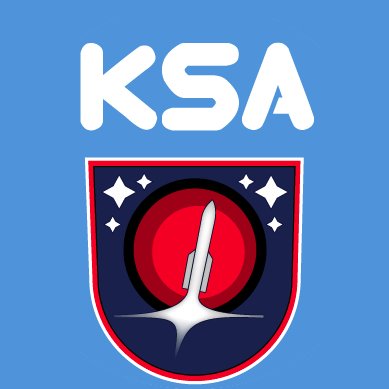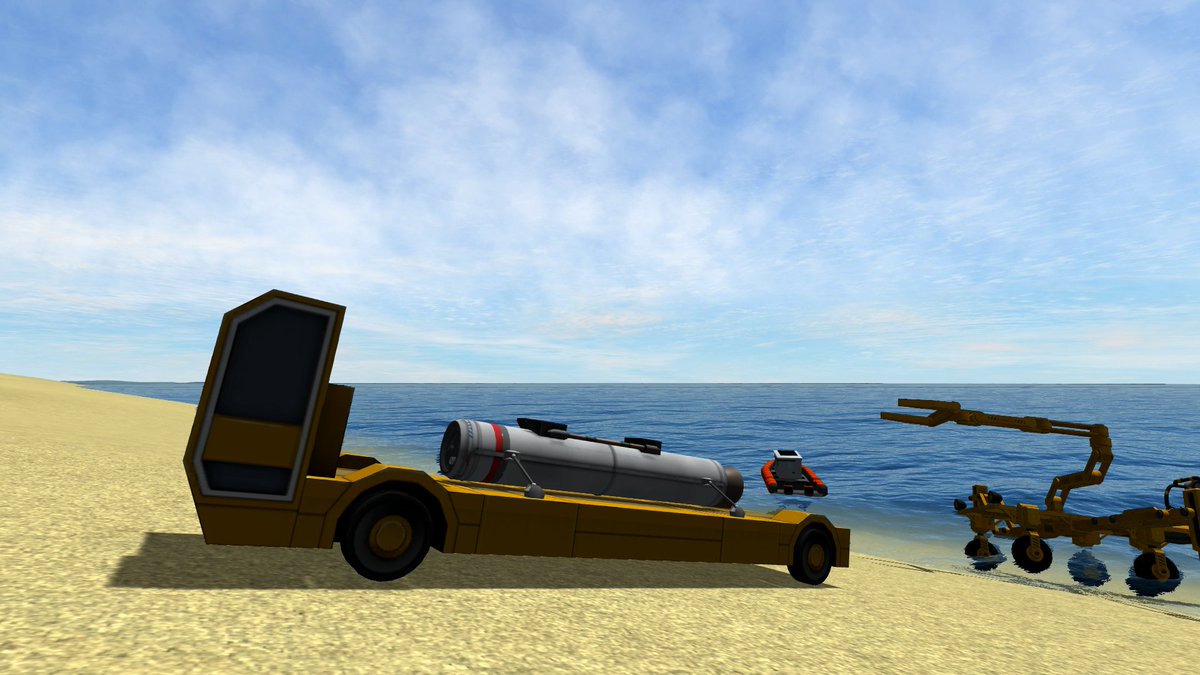 Although the first orbital mission was eventually deemed a success for the payload, the Ascension Mk2 failed in its attempt to place the satellite it carried into a stable orbit. This brought the Ascension team back to the drawing board to improve the Viklun upper stage and make it more capable of maintaining attitude with its Reaction Control System cold gas thrusters. In the months since the first mission additional design work was also carried out for the next payload, dubbed Kerbin II and meant to test out technologies that would be used in the first line of communication satellites we are hoping to deploy in 2021. Once the Viklun stage improvements and payload design were finalized the rocket was assembled without issue in the VAB but the day before launch a problem occurred with installing the Radioisotope Thermal-electric Generator. The RTG was installed late in the launch preparation because the heat it outputs would compromise the fairings if left too long without thermal control, such as that provided by the crew access tower when the rocket is on the pad. Thankfully the problem was easy to overcome and the mission was only delayed to the following week.
Although the first orbital mission was eventually deemed a success for the payload, the Ascension Mk2 failed in its attempt to place the satellite it carried into a stable orbit. This brought the Ascension team back to the drawing board to improve the Viklun upper stage and make it more capable of maintaining attitude with its Reaction Control System cold gas thrusters. In the months since the first mission additional design work was also carried out for the next payload, dubbed Kerbin II and meant to test out technologies that would be used in the first line of communication satellites we are hoping to deploy in 2021. Once the Viklun stage improvements and payload design were finalized the rocket was assembled without issue in the VAB but the day before launch a problem occurred with installing the Radioisotope Thermal-electric Generator. The RTG was installed late in the launch preparation because the heat it outputs would compromise the fairings if left too long without thermal control, such as that provided by the crew access tower when the rocket is on the pad. Thankfully the problem was easy to overcome and the mission was only delayed to the following week.
The Flight
With no issues popping up during pre-flight the Mk2’s K2-X main engine lit up on time at T-3s under command of the AFCS, throttled at 10% power to check for good ignition. At T-0 after chamber pressures were confirmed to be nominal the 4 solid rocket boosters were ignited and their hold down bolts blown away to allow the rocket to begin its ascent with a combined force of 191kN to produce just over 1.6Gs acceleration. Immediately after launch all four of the rocket’s fins actuated to roll the rocket from 45° to 60° heading over about 6s before beginning to pitch over downrange. At the time pitch-over began the two horizontal fins nullified their ability to react to roll inputs so later in the flight at supersonic speeds control flutter would be kept to a minimum to reduce vibrations on the payload. By L+10s the SRBs had begun to taper off their thrust and the main engine throttle started to properly increase in order to maintain a TWR of 1.5.




























